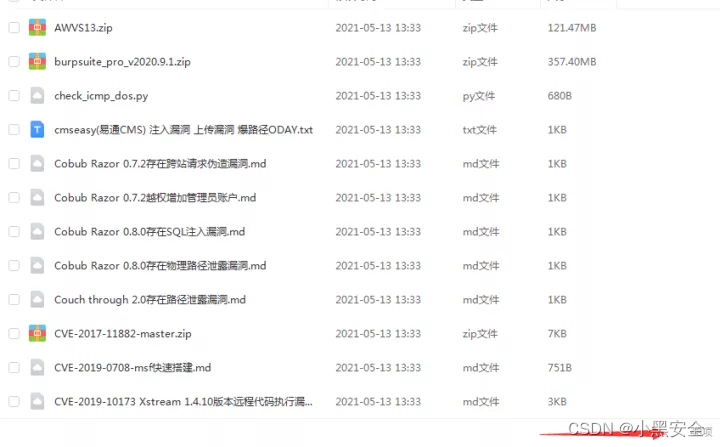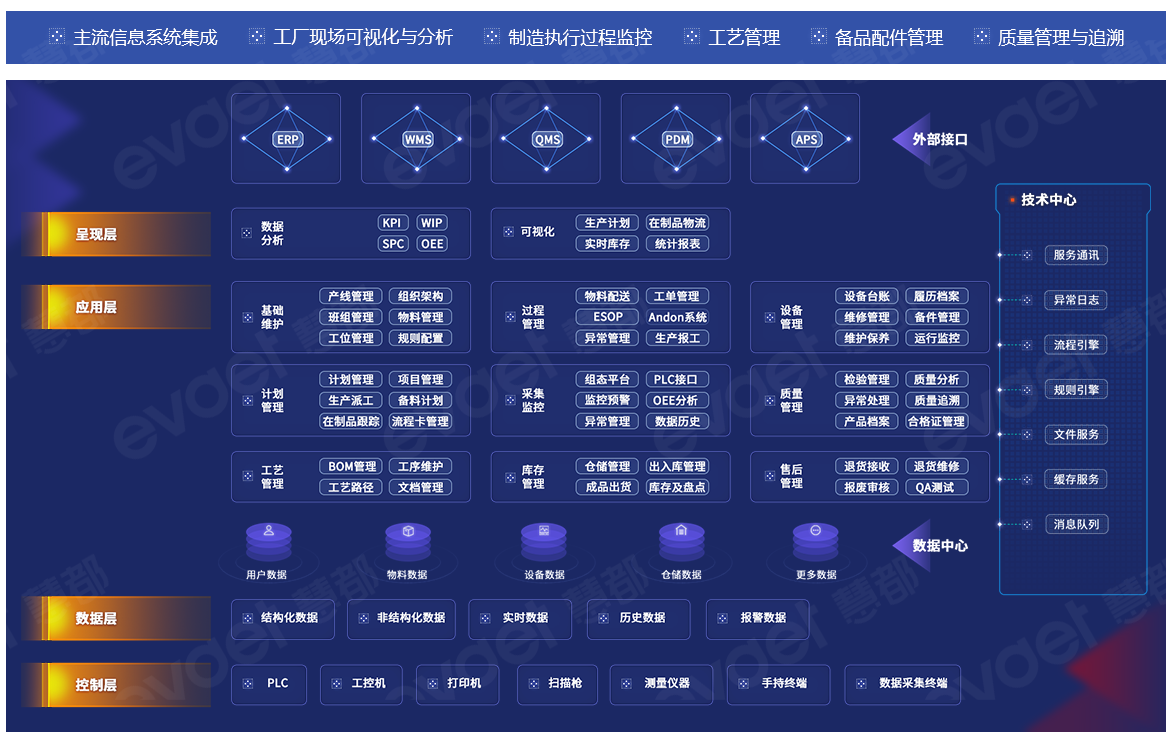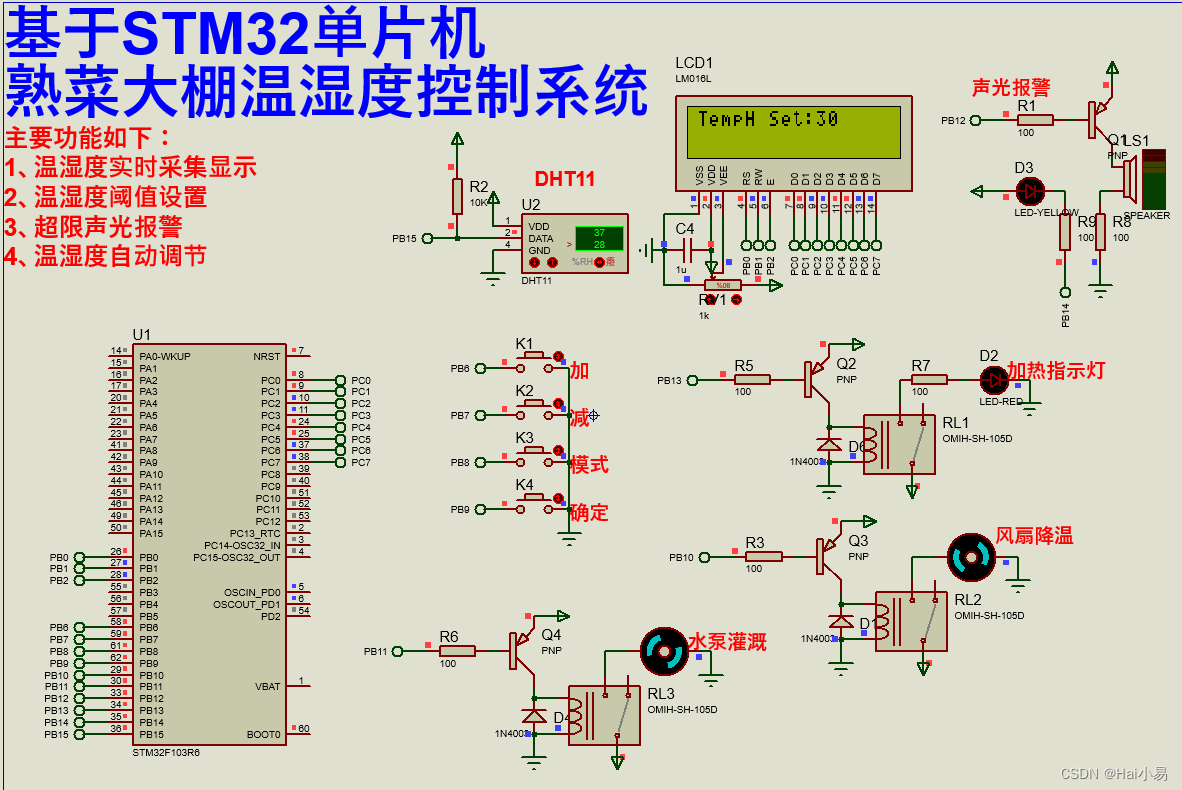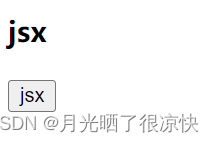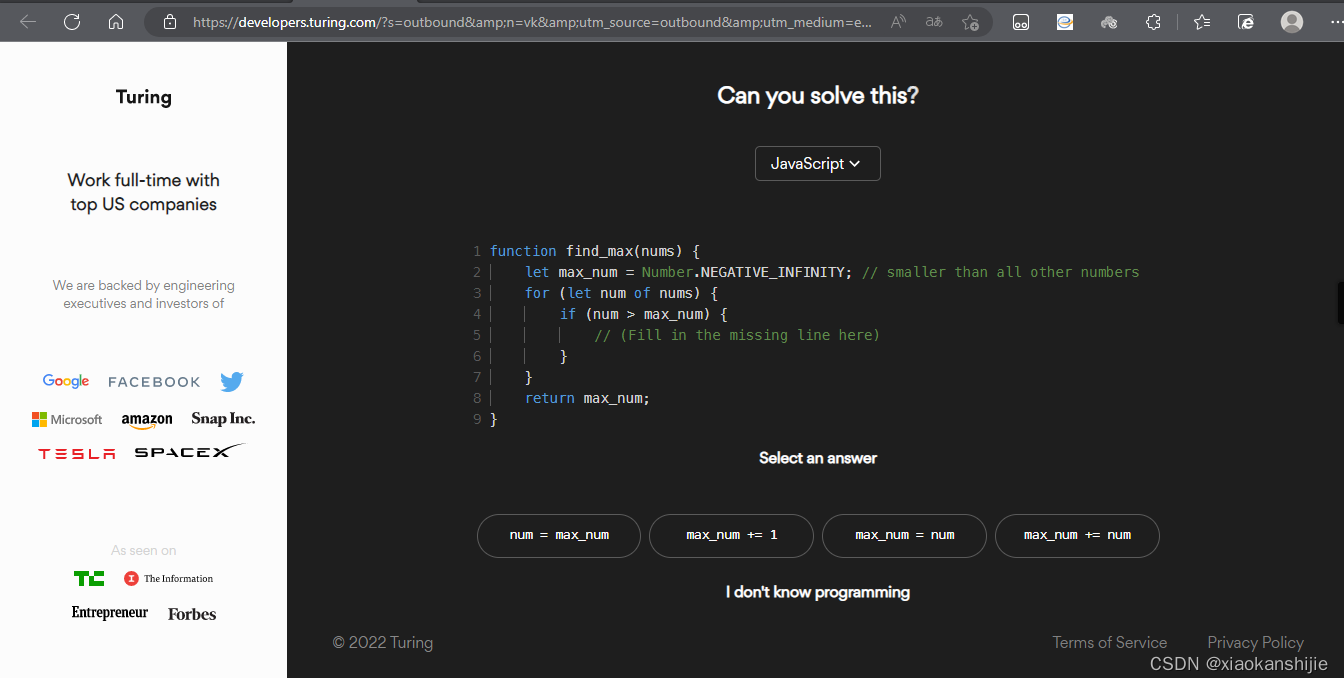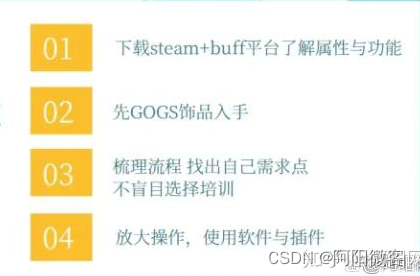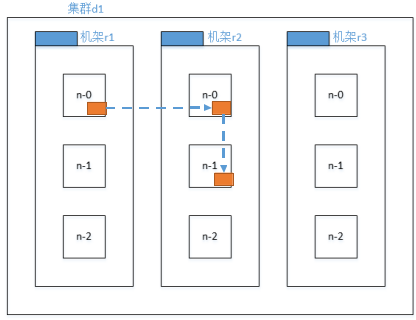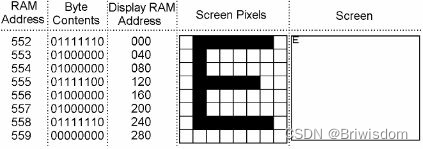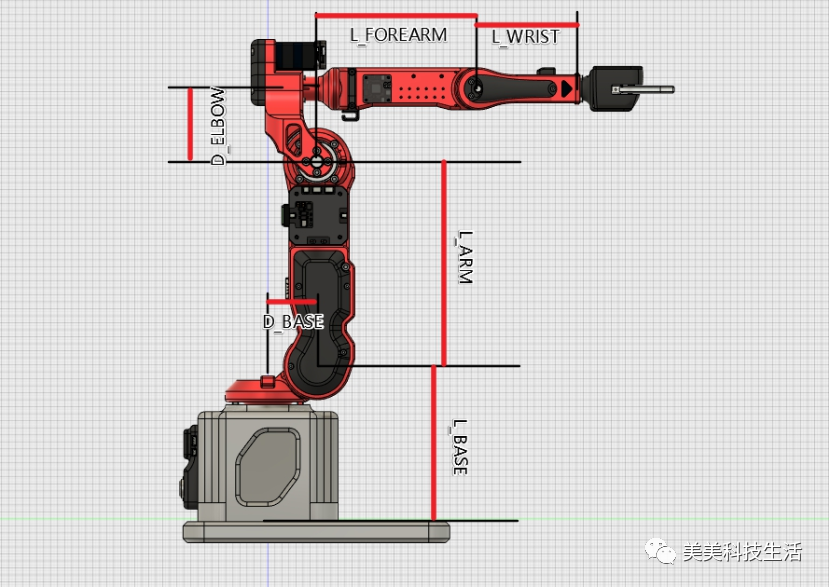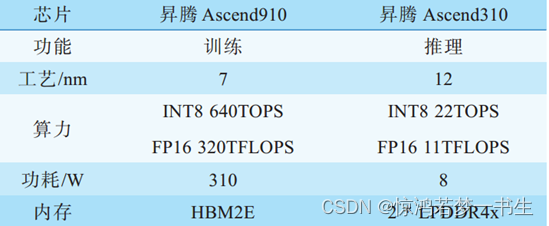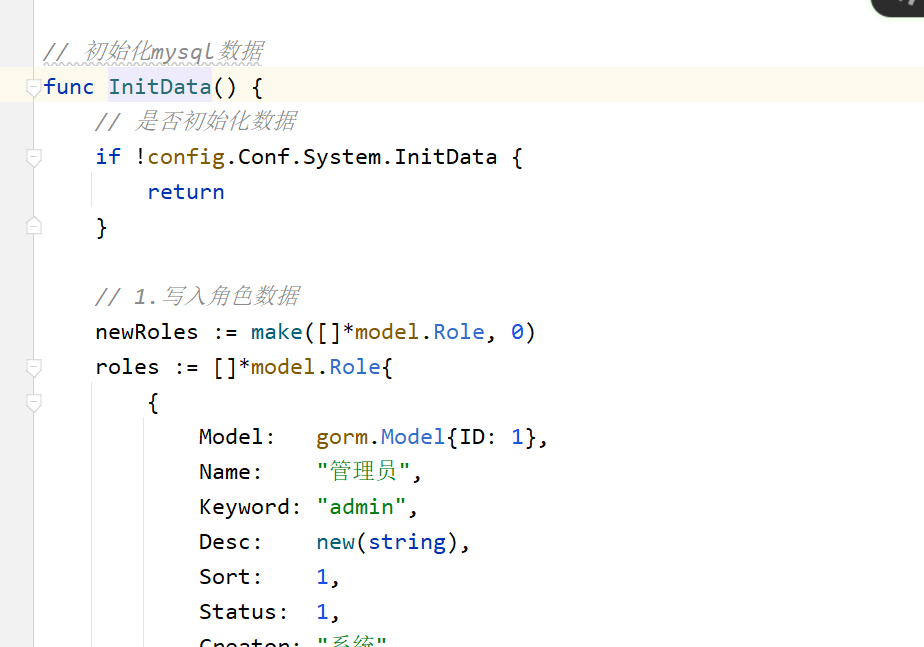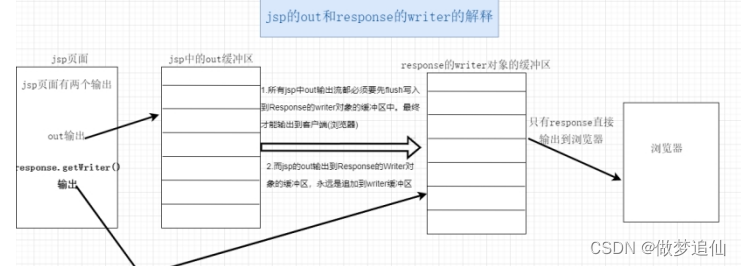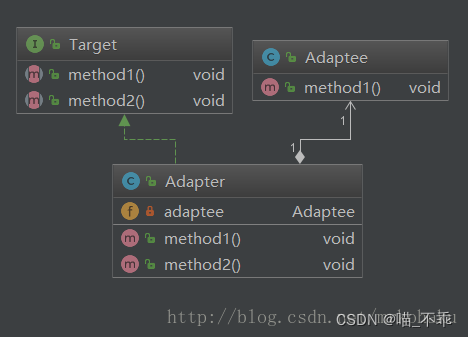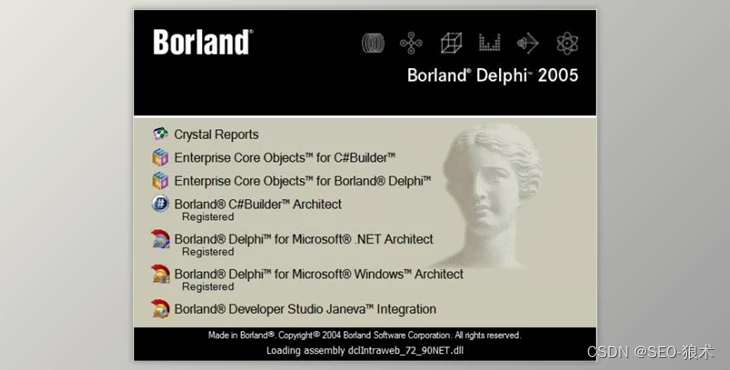目录
- 常见字符串处理函数
- 空白字符串处理函数
- 查询字符串数据
- 字符串比较
- 字符串的转换
- QT版本的STL
- QLinkedList和QVector的区别
- QT提供的STL命名风格的迭代器
- QMap和QHash
经过该简单设置可以防止msvc环境下使用qdebug打印输出时出现中文乱码的问题。
#include "learn.h"
#include <QtWidgets/QApplication>
#include <QString>
#include <QtDebug>
#include <QTextCodec>
// 解决qdebug 输出中文乱码的情况
#pragma execution_character_set("utf-8")
常见字符串处理函数
| 接口定义 | 接口功能 |
|---|---|
| QString &QString::sprintf(const char *cformat, …) | 支持的格式定义符和C++中的sprintf功能类似,返回值是一个QString对象 |
| QString QString::arg(const QString &a, int fieldWidth = 0, QChar fillChar = QLatin1Char(’ ')) const | 字符串组合方式输出一个QString对象,提供一个支持多种数据类型重载的arg函数 |
| QString::insert | 指定位置插入字符串 |
| QString::prepend | 头插一个字符串 |
| QString::replace(const QString &before, const QString &after) | 使用after 替换掉before |
//格式输出一个字符串
qDebug() << QString().sprintf("%s", "1111111");
# out: "1111111"
qDebug() << QString("%1来自%2今年%3岁了").arg("张三")
.arg("新疆").arg("21");
# out: "张三来自新疆今年21岁了"
//指定位置插入字符串
QString tmp = "11";
tmp.insert(0,"10_");
qDebug() << tmp;
# out: "10_11"
//头插字符串
tmp.prepend("日期:");
qDebug() << tmp;
# out: "日期:10_11"
//字符串替换
tmp.replace(QString("1"), QString("2"));
qDebug() << tmp;
# out: "日期:20_22"
空白字符串处理函数
| 接口定义 | 接口功能 |
|---|---|
| QByteArray QByteArray::trimmed() const | 删除字符串的两端的空白字符 |
| QByteArray QByteArray::simplified() const | 删除字符串的两端的空白字符,使用单个空格替换字符串中出现的空白字符 |
//移除字符串的两边空格
QString str = " welcome \t to \n you";
qDebug() << str.trimmed();
# out:"welcome \t to \n you"
//移除字符串的全部空格
qDebug() << str.simplified();
#out:"welcome to you"
查询字符串数据
| 函数定义 | 函数功能 |
|---|---|
| bool QByteArray::startsWith(const QByteArray &ba) const | 如果此字节数组以字节数组ba开头,则返回true;否则返回false, CaseInsensitive为可选择参数,可以设置此参数从而区分大小写,否则默认是不区分大小写的。 |
| bool QByteArray::endsWith(const QByteArray &ba) const | 从结尾开始查找 |
| bool QByteArray::contains(const QByteArray &ba) const | 判断一个指定的字符串是否出现过 |
//查找第一次出现的字符串
QString str = "Welcome to you";
//CaseInsensitive: 不区分大小写
qDebug() << str.startsWith("Welcome", Qt::CaseInsensitive);
qDebug() << str.startsWith("to", Qt::CaseInsensitive);
#out:
true
false
//查找最后一次出现的字符串
str = "Welcome to you";
//区分大小写
qDebug() << str.endsWith("you");
qDebug() << str.endsWith("You");
#out:
true
false
QString str = "Welcome to you";
//不区分大小写
qDebug() << str.contains("to");
qDebug() << str.contains("Welcome");
qDebug() << str.contains("you");
# out:
true
true
true
字符串比较
| 函数定义 | 功能说明 |
|---|---|
| int QString::localeAwareCompare(const QString &s1, const QString &s2) | 比较s1与s2,如果s1小于、等于或大于s2,则返回一个小于、等于或大于零的整数。 |
| int QByteArray::compare(QString&,QString&, Qt::CaseSensitivity cs = Qt::CaseSensitive) const | 可以设置是否区分大小写进行字符串的比较 |
//比较两个字符串的大小,小于返回负数,相等返回0,大于返回正数
QString str1 = "Welcome to you";
QString str2 = "Welcome to you";
qDebug() << QString::localeAwareCompare(str1, str2);
// compare 函数可以指定是否区分大小写来进行比较
str1 = "Welcome to You";
str2 = "Welcome to you";
qDebug() << QString::compare(str1, str2, Qt::CaseInsensitive);
字符串的转换
QString提供的字符编码集的转换函数将会返回一个const char* 类型版本的QByteArray,即构造函数QByteArray(const char*)构造的QByteArray对象。
QByteArray类具有一个字节数组,它既可以存储原始字节(原始字节),也可以存储传统的以“\0”结尾的8位的 字符串。在Qt中,使用QByteArray比使用const char * 存储传统的以“\0”结尾的8位的字符串.在Qt中,使用QByteArray比使用Const char*更方便,QByteArray也支 持隐式共享。转换函数有以下几种。
| 函数定义 | 函数功能 |
|---|---|
| toAscill | 返回一个Ascill 编码的8位字符串, 返回值都是QByteArray |
| toLatin1 | 返回一个toLatin-1编码的8位字符串, 返回值都是QByteArray |
| toUtf8 | 返回一个Utf8编码的8位字符串, 返回值都是QByteArray |
| toLocal8Bit | 返回一个系统本地编码的8位字符串, 返回值都是QByteArray |
QString str = "Welcome to you";
auto utf = str.toUtf8();
auto Latin1 = str.toLatin1();
auto Local8Bit = str.toLocal8Bit();
qDebug() << utf;
qDebug() << Latin1;
qDebug() << Local8Bit;
#out:
"Welcome to you"
"Welcome to you"
"Welcome to you"
QT版本的STL
-
QList是迄今为止最常用的容器类,它存储给定数据类型T的一列数值。
-
QList维护了一个指针数组,该数组存储的指针指向QList存储的列表维护了一个指针数组,该数组存储的指针指向QList存储的列表项的内容。
对于不同的数据类型,QList采取不同的存储策略,存储策略有以下几种.
-
如果T是一个指针类型或指针大小的基本类型(即该基本类型占有的字节数和指针类型占有的字节数相同),QList 会将数值直接存储在它的数组中。
-
如果QList存储对象的指针,则该指针指向实际存储的对象。
//直接存储对象
QList<QString> list1;
list1 << QString("%1来自%2今年%3岁了").arg("张三").
arg("新疆").arg("21");
qDebug() << sizeof(list1);
# out:
8
//存储对象的指针
auto s = QString("%1来自%2今年%3岁了").arg("张三").arg("新疆").arg("21");
QList<QString*> list2;
list2 << &s;
qDebug() << sizeof(list2);
# out:
8
通过结果可以得知qlist最终不管T是什么类型,但是最终存储的一定是指针类型,即使直接存储一个对象和存储一个对象的指针二者的qlist对象大小都是一样的
QLinkedList和QVector的区别
QLinkedList类
QLinkedList是一个链式列表,它以非连续的内存块保存数据。
QLinkedList不能使用下标,只能使用迭代器访问它的数据项。
QVector类
QVector在相邻的内存中存储给定数据类型T的一组数值。
QVector既可以使用下标访问数据项,也可以使用迭代器访问数据项。
QT提供的STL命名风格的迭代器

QMap和QHash

QMap和QHash的简单使用
QMap<QString, QString> map;
map.insert("小8", "11");
map.insert("小9", "12");
map.insert("小7", "13");
//构造一个Qmap的迭代器
QMap<QString, QString>::iterator it = map.begin();
while (it != map.end())
{
qDebug() << "key:" << it.key() << "val:" << it.value();
it++;
}
//讲小王的年龄修改
for (auto it = map.begin(); it != map.end(); it++)
if (it.key() == "小王")
it.value() = "20";
qDebug() << "--------------------------------------";
it = map.begin();
while (it != map.end())
{
qDebug() << "key:" << it.key() << "val:" << it.value();
it++;
}
输出:
key: "小7" val: "13"
key: "小8" val: "11"
key: "小9" val: "12"
--------------------------------------
key: "小7" val: "13"
key: "小8" val: "11"
key: "小9" val: "12"
QHash 并不根据key的值大小进行排序,而是随机的无序的
QHash<QString, QString> has;
has.insert("小8", "11");
has.insert("小9", "12");
has.insert("小7", "13");
//构造一个Qmap的迭代器
QHash<QString, QString>::iterator it = has.begin();
while (it != has.end())
{
qDebug() << "key:" << it.key() << "val:" << it.value();
it++;
}
//讲小王的年龄修改
for (auto it = has.begin(); it != has.end(); it++)
if (it.key() == "小王")
it.value() = "20";
qDebug() << "--------------------------------------";
it = has.begin();
while (it != has.end())
{
qDebug() << "key:" << it.key() << "val:" << it.value();
it++;
}
输出
key: "小9" val: "12"
key: "小7" val: "13"
key: "小8" val: "11"
--------------------------------------
key: "小9" val: "12"
key: "小7" val: "13"
key: "小8" val: "11"
